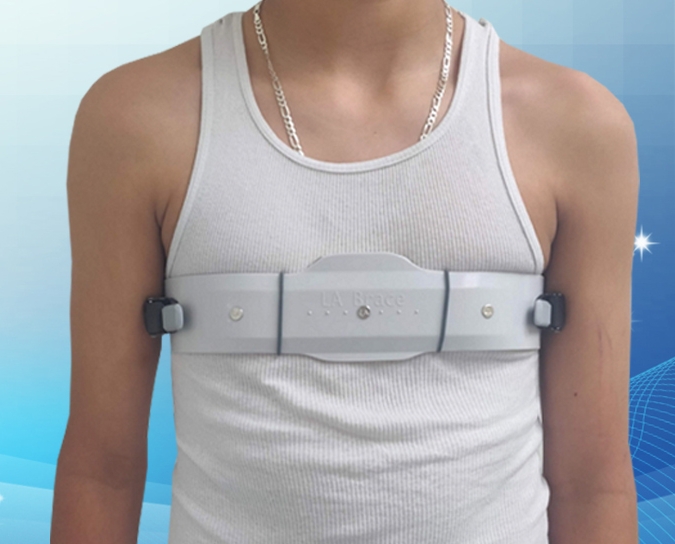Pectus Carinatum
Pectus Carinatum (PC), sometimes referred to as “pidgeon chest” is a deformity of the chest characterized by an outwards protrusion of the chest. It occurs when the breast bone (sternum) is getting pushed outwards by the growth of the ribs and/or sternum itself. The cause of Pectus Carinatum is not fully understood but appears to be genetic. It develops during the growth spurts of adolescence children and it is more common in boys than girls in the ratio 3:1. PC is more rare than the other chest deformity called Pectus Excavatum (PE) in which the chest collapses inwards.
PC deformity usually occurs during growth spurts and the growth plates in the sternum and ribs cause the sternum to start protruding outwards. It is most severe during the adolescent growth spurt. Once the child has finished growing the deformity will not usually increase. If untreated, adults can experience increasing symptoms over time. Patients left with a residual deformity once they are done growing can do body building exercises to help to hide the deformity. Although these exercises can be effective in reducing the appearance of PC, the actual ribs and cartilage of the chest wall are not improved by exercises.
Pectus Carinatum can take on many different forms – See Types of PC for more information.
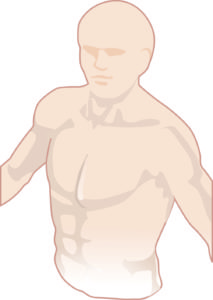

Treatment Options
There are four possible treatment options for Pectus Carinatum:
Standard Bracing
Bracing works much the same way orthodontic braces work to correct misaligned teeth. They apply Anterior (front) force to the chest deformity and this is counteracted by a posterior (back) force. The application of force is continued until the chest can maintain the corrected shape. Patients size and shape vary considerably and the apex of a pectus deformity can be in different locations. For these reason one-size-fits-all braces are rarely effective. Other braces may be custom made but are either aesthetically unappealing or fail to apply pressure in the correct way. In addition, most orthotists (brace fitters) have minimal experience with Pectus bracing and therefore are not aware of the different types of PC and do not know the techniques and nuances needed to get optimum results.
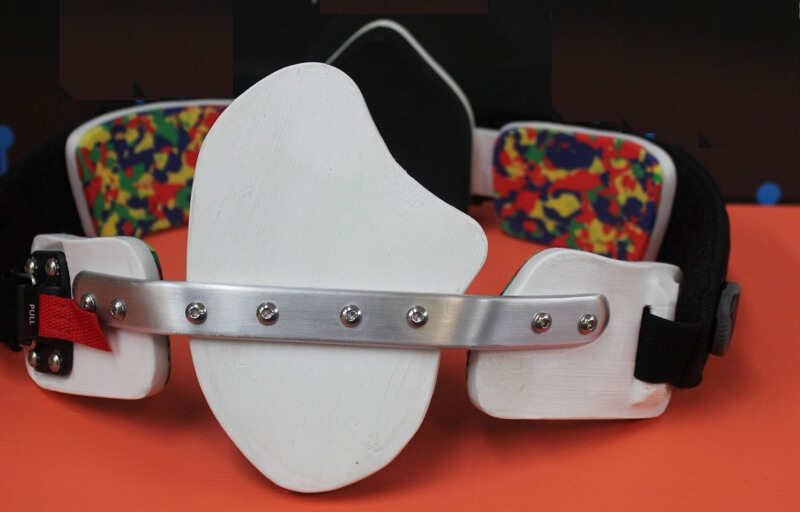

Therapy
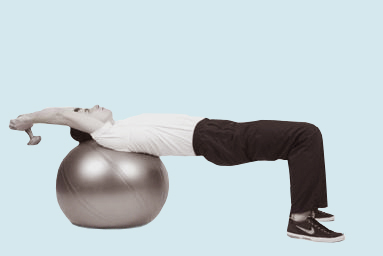
Surgery
Surgery links:
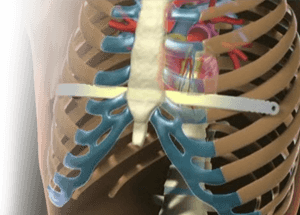
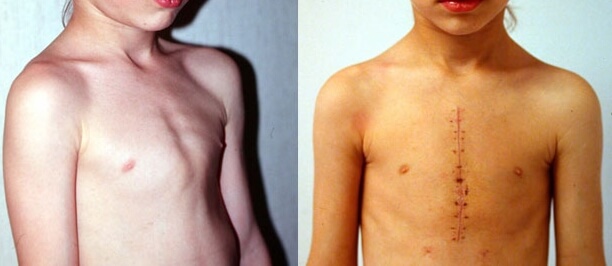
LA Pectus Brace Treatment
The LA Bracing technique is different to regular bracing. Through the analysis of hundreds of patients treated with the LA Pectus Brace we have been able to identify the variations of deformity seen in PC and determine how to successfully achieve the best outcome for each variation in the shortest possible time. This is more than a brace it is Treatment Program tailored to the individual.

